
Exploring The Need For Training All Hairstylists On Styling Textured Hair
The best time to train hairstylists on texture hair was when hair training was established. The next best time is now. Even today, people with textured hair experience a challenge in finding hairstylists who are knowledgeable in textured hair.
If you are a person with textured hair, you may find the choices when it comes to hairstylists who know how to correctly treat textured hair are somewhat limited.
Broken combs, heat-damage, getting turned away, and for me, having hairstylists repeatedly trying to convince me that relaxing my hair would make my hairstyle look better. In this day and age, more beauty schools need to seriously consider adding all hair textures to the curriculum.
The Current Lack Of Training
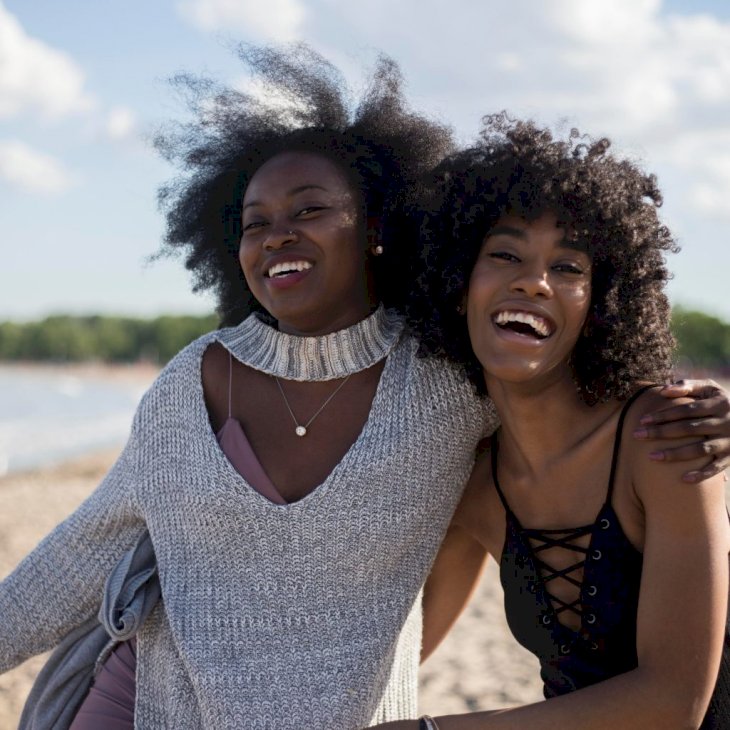
The current state of training is clearly inadequate for people with textured hair.
"The experience in school was to prep us for a certain type of salon and to pass the state board, not necessarily to cater to all hair types. A lot of the things we learn in school can't be used on clients because [it's not applicable to] their hair type."
Gatlin recounts beauty school in Michigan to "Popsugar".
It poses a problem when instrustors in teaching institutions are thesmelves ill equipped and unintertersated in teaching and learning about different hair textures. The narrative that textured hair is difficult to manage gets futher perpeturated in this manner.
Hair As Fibre
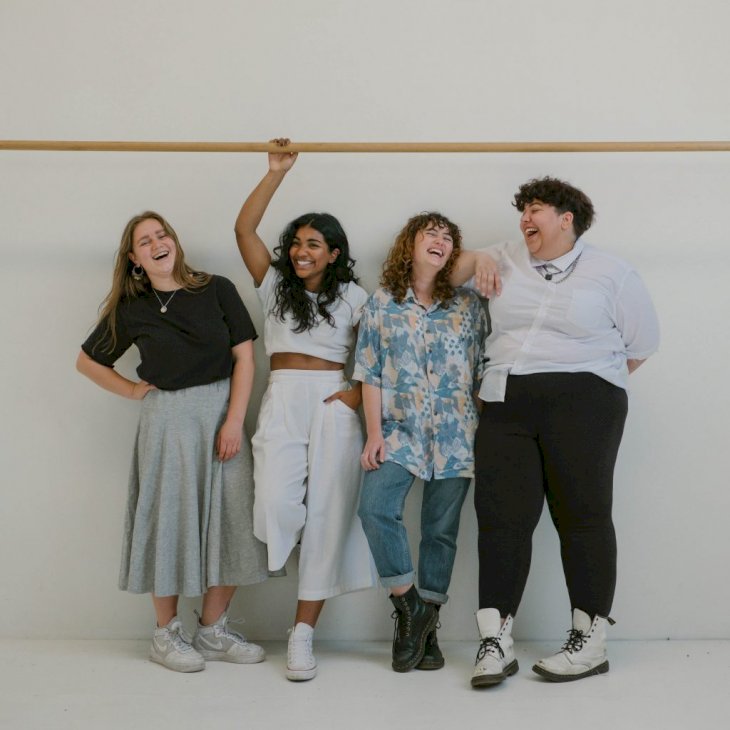
The haircare industry is extremely diverse and is still gaining more knowledge on the multiethnic. This includes not just African American but Jewish, Oceanic, and Southeast Asian people with textured hair.
Because all hair is unique in its porosity, density and even texture, treating it all in the same way will fundementally be doing a disservice to the different textures.
"Learning how the curl pattern acts when wet or under extreme heat is vital."
Smith told "Popsugar."
Changes We Hope To See Going Forward
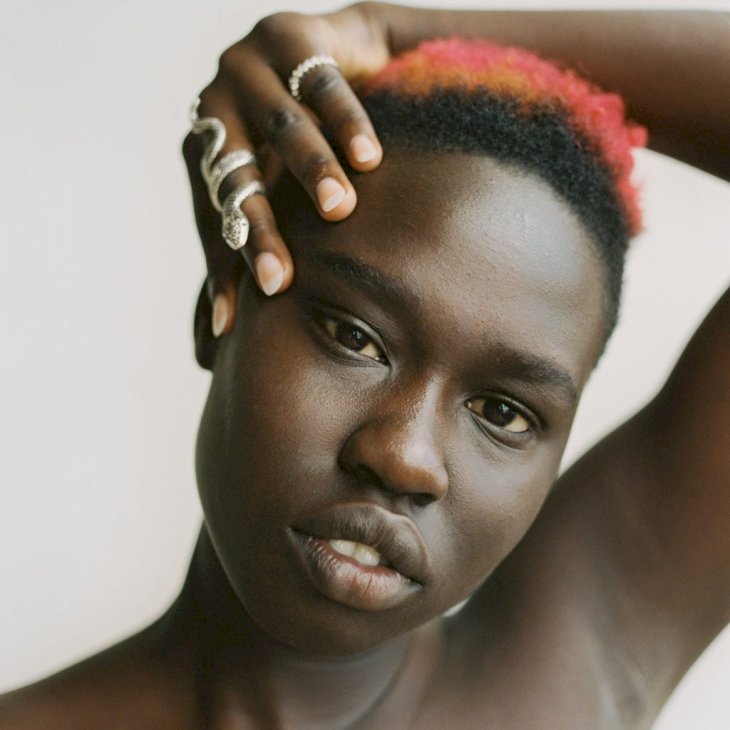
Photo by Gemma Chua-Tran on Unsplash
After Black Lives Matter movement of 2020, many brands were prompted to seriously consider and rethink some of their practices. Many of these said practices for haircare were exclusive.
For one, many stores have had an expansive range of products deedicated to straight hair. Sections for coily, curly hair tend to be much smaller despite the fact that in 2019, African Americans alone spent $473 million in total hair care out of a $4.2 billion market, according to a Nielsen study.
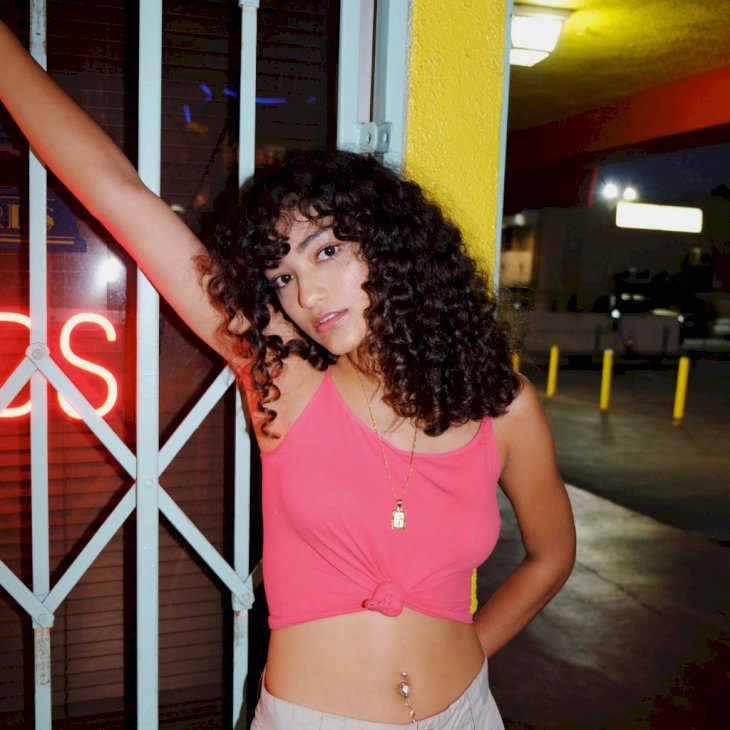
Photo by Mike Von on Unsplash
"Most salons specialize. If you are a cut specialist, you should be able to cut every hair type and texture. If you are a color specialist, you should be able to color every hair type and texture equally as well. I do believe having that element of a texture specialist adds another layer of continuous learning to the process, so that you've got to continue to build skills. But I fundamentally believe that, yes, all stylists should be able to do all hair types and textures."
Kevin Molin, vice president of Aveda Global Education tells "Allure."
Salons That Offer Natural Hair Eductaion And Training
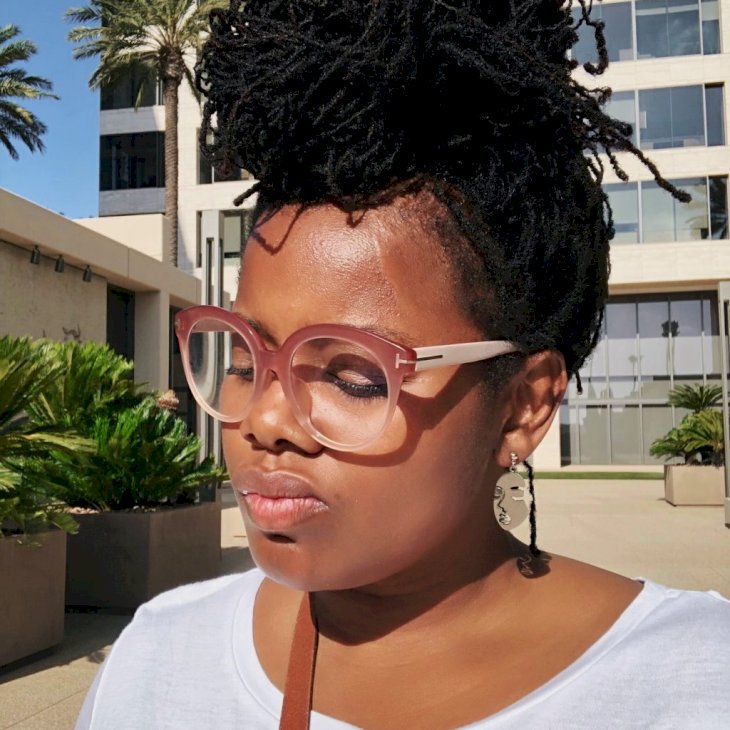
Photo by Samantha Sophia on Unsplash
"Mane Addicts" refers some salons that can teach people about natural hair textures. If you happen to in around the Dallas, TX area, Form, or Mahogany Hair Revolution in Beverly Hills, California are just two of the options.